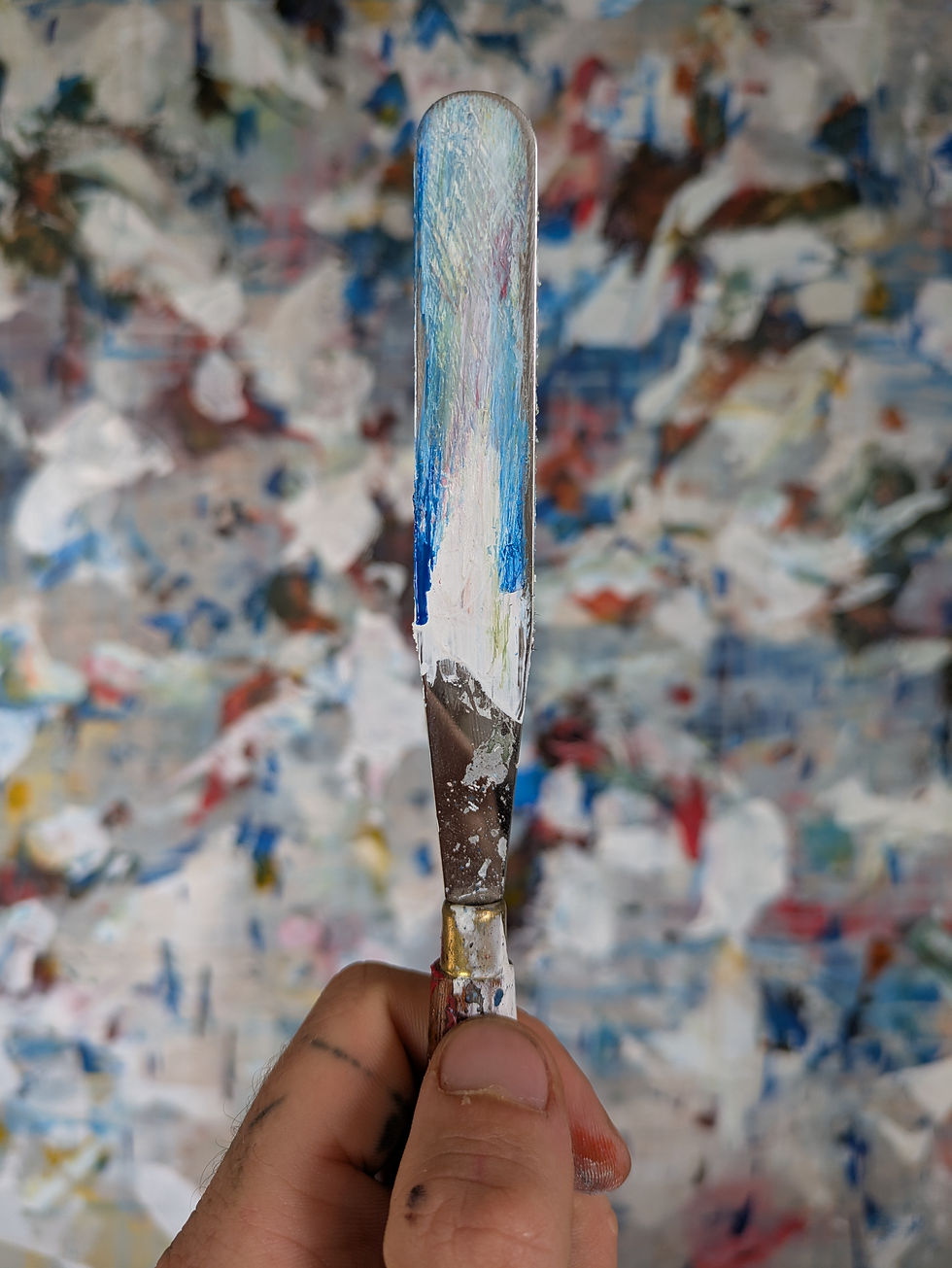chaos, seeking and the archetypal core of meaning
- Jakub Sohe

- Sep 10
- 2 min read
Human perception is never passive. The brain is a pattern-finding engine, constantly scanning the world for order. At its foundation lie two essential dynamics: stochasticity, the appearance of randomness, and ergodicity, the deeper regularities that emerge when randomness is observed over time. Together they define the tension between chaos and order that structures both experience and art.
When we encounter patterns, two psychological forces come alive. The first is seeking—the restless drive to search, fueled by dopamine, curiosity, and the aversion to uncertainty. The second is finding—the resolution and reward when a pattern “clicks” into place. Most of life oscillates between these poles: seeking sustains attention, finding provides relief. But what happens when external closure is withheld, when no clear pattern is offered?
Here, the psyche refuses to stop. Seeking continues, and with nothing to grasp externally, it turns inward. The viewer projects meaning onto the field of ambiguity, drawing from memory, emotion, and archetypal structures of the unconscious. This is the phenomenon at the root of pareidolia, projective tests in psychology, and mystical experiences in states of sensory overload: when the outside does not resolve, the inside supplies resolution.
This dynamic is amplified at the edge of chaos. Too much order and perception dulls into boredom. Too much chaos and perception collapses into overwhelm. But between these extremes—semi-random, ambiguous, ergodic structures—the brain remains maximally engaged. Chaos destabilizes habitual perception, ergodicity sustains coherence, and the resulting tension provokes creativity, introspection, and sudden insight.
Jung anticipated this process in symbolic terms. He described archetypes as innate organizing principles of the psyche—forms without content that shape all human experience. When external meaning collapses, these archetypes rise to compensate. In chaotic perception, the unconscious projects its deepest scaffolds: containment, disruption, infinity, trickster energy. Insight in this sense is not imposed from without but constellated from within.
This framework directly illuminates the philosophy of art that removes recognition. By stripping away representational content, art can deny the viewer external “finding” and intensify the act of seeking. What results is not emptiness but a mirror: the viewer is forced to source resolution from within, to confront their own archetypal structures, emotional states, and psychic rhythms.
My practice operates precisely here. Layered stochastic fields generate open seeking.
Repetitive marks with subtle uniqueness highlight the tension between sameness and variability. Disruptions evoke the Trickster, undermining assumed order. Directional fields of lines explore how distribution shapes attention and focality. All of these strategies remove the closure of symbolism, yet they sustain engagement through ergodic-stochastic tension. The artwork itself becomes a field of probability and experience, not a vessel of meaning but a catalyst for it.
In this light, the purpose of art is not to provide recognition but to cultivate the act of seeking itself. Chaos breeds insight because it destabilizes certainty, forcing the psyche to activate its deepest organizing principles. What emerges is not a symbol painted on canvas, but the viewer’s own unconscious meeting itself in the act of looking.



Comments